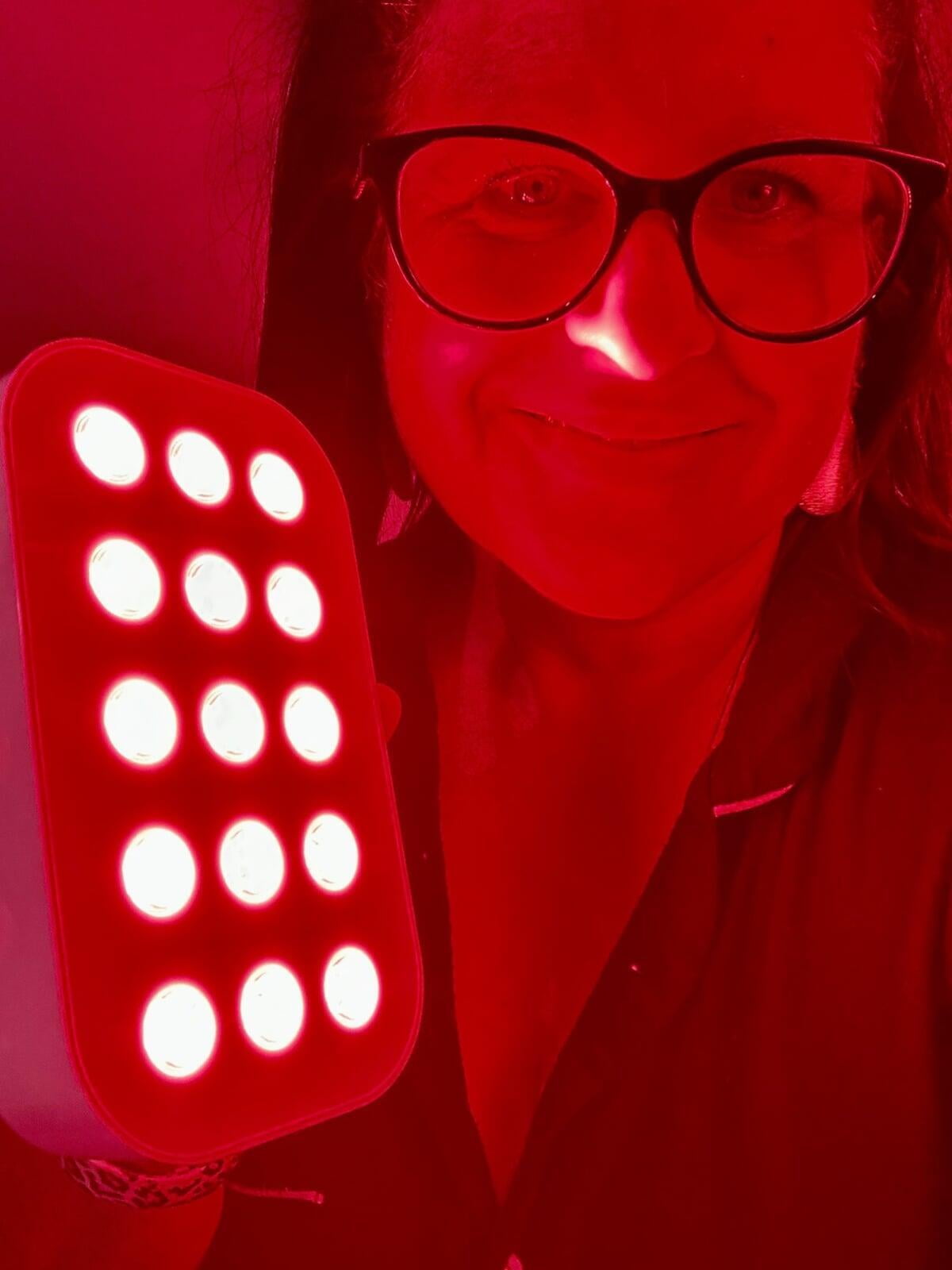It's Like Clockwork! The Effects of Blue and Red Light on Your Sleep and Well-Being
It's Like Clockwork! The Effects of Blue and Red Light on Your Sleep and Well-Being

The balance of your body's internal clock, known as the circadian rhythm, plays such an important role in your sleep-wake cycle and overall well-being. Recently we have begun to understand the effects of light, particularly blue and red light, which has shed light on their impact on our circadian rhythms.
Blue Light's Disruptive Effects
Blue light is abundant in natural sunlight as well as being emitted by electronic devices and energy-efficient lighting (LED bulbs). During the day, exposure to blue light is helpful to boost alertness and cognitive performance. However, in the early morning before sunrise and during the evening, excessive blue light exposure can cause health issues and impede the production of melatonin, a hormone that signals the body to prepare for sleep. This leads to difficulties falling asleep and disrupted sleep patterns.
What can I do?
Limit Evening Screen Time: Minimize the use of electronic devices 📱 at least an hour before bedtime to reduce exposure to blue light that can interfere with melatonin production. If you must be on your devices, use blue light filters.
Use Blue Light Filters: Many devices 💻 and apps offer blue light filtering settings that reduce the emission of blue light during the early morning or evening hours. Using these filters helps prepare the body for sleep. You can also purchase glasses 👓 to wear in the morning before sunrise 🌅 or after sunset that block blue light.
Choose Warm Lighting: Use warm and dim lighting in the early morning and in the evening. Incandescent or amber-colored bulbs 💡 emit less blue light, and also create a more conducive environment for winding down.
Red Light can help!
On the other end of the light spectrum, red light has shown interesting effects on circadian rhythms. Unlike blue light, red light exposure appears to have minimal impact on melatonin production. Some studies even suggest that exposure to red light during the evening may not disrupt sleep patterns as significantly as blue light does.
What can I do?
Use Red Light in your home: Experiment with red light sources in the early morning and the evening. Using red bulbs 💡 or red nightlights can create a soothing atmosphere and minimize circadian disruption.
Use Red Light to facilitate relaxation: Combine red light exposure with calming activities like reading 📖 and relaxing to help signal to your body that it's time to wind down.
Prioritize Consistency: Each day, try to get outside to view the amber light from the early morning sunrise ☀️ . In the evening, get outside and take in the amber light from the sunset. Establish a consistent sleep schedule. Consistency reinforces your body's circadian rhythm and supports better sleep quality! 🛌 💤
THIS WEBSITE IS NOT INTENDED FOR PROVIDING MEDICAL ADVICE
